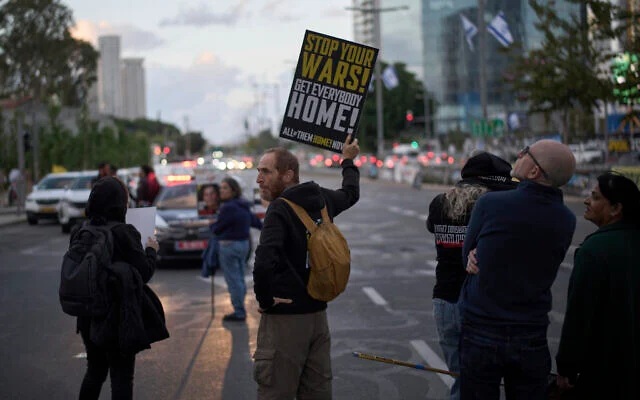As the Palestinian resistance endures in the face of relentless Israeli aggression, new data reveals the staggering toll the war has taken on the Zionist entity’s economy.
Israeli Channel 12 reported Thursday that, 600 days after the Palestinian resistance launched the landmark Operation Al-Aqsa Flood on October 7, 2023, the financial toll on the Israeli occupation—through its so-called “Operation Swords of Iron”—has exceeded $46 billion in direct military costs, making it one of the most economically draining wars in its history.
According to figures from the Israeli security establishment cited in the report, the average cost of a single day of war is approximately 300 million shekels (about $81 million).
These figures represent only the direct military expenditures, excluding broader economic impacts such as civilian compensation, evacuation costs, and non-defense emergency measures.
Breakdown of Military Spending
The report emphasized that the Israeli occupation forces, unusually transparent for a military institution, have provided real-time budgetary updates throughout the conflict.
Of the total more than $40 billion spent so far:
- $15 billion went to payments and support for reservists. According to the report, this sum could have been significantly reduced if the government had enlisted ultra-Orthodox men in line with “Supreme Court” rulings or extended mandatory service by four months, as the military recommended.
- $10.9 billion was allocated for ammunition and missile defense systems — including tank shells, small arms munitions, aerial bombs, and interceptors such as Iron Dome and Arrow missiles.
- $6 billion funded the acquisition of aircraft, naval and ground equipment, and related spare parts.
- $4.6 billion covered logistics.
- $3.5 billion went toward weapon systems.
- $2.45 billion was spent on communications and intelligence infrastructure.
- $2.18 billion was used for military infrastructure, support lines, and other expenses.
Long-Term Social and Financial Burden
Approximately $1.36 billion has been allocated for rehabilitation, medical treatment, and family support services. However, Channel 12 noted growing concern within the defense establishment and Finance Ministry over the enduring nature of these costs. Unlike wartime expenditures, these are long-term liabilities.
Payments to wounded soldiers, widows, orphans, and others under the Ministry of War’s Rehabilitation Division will persist for years.
The report added that around 16,000 Zionist soldiers have been injured in the war so far, with nearly 50% suffering from psychological trauma.

Austerity and Economic Repercussions
Channel 12 linked the war’s staggering cost directly to the adoption of the Israeli austerity budget for 2025, which includes tax increases to help cover military expenditures.
The Finance Ministry, the report added, fears the prolonged conflict could force a reopening of the 2025 budget due to projected overspending by the security establishment in the billions.
This scenario could result in further budget cuts and additional tax hikes as early as 2026.
The war’s mounting financial burden continues to drain the Israeli occupation’s economy, reflecting the sustained resilience and impact of the Palestinian resistance.
Source: Al-Ahed News Website (Edited and translated by Al-Manar English Website)




